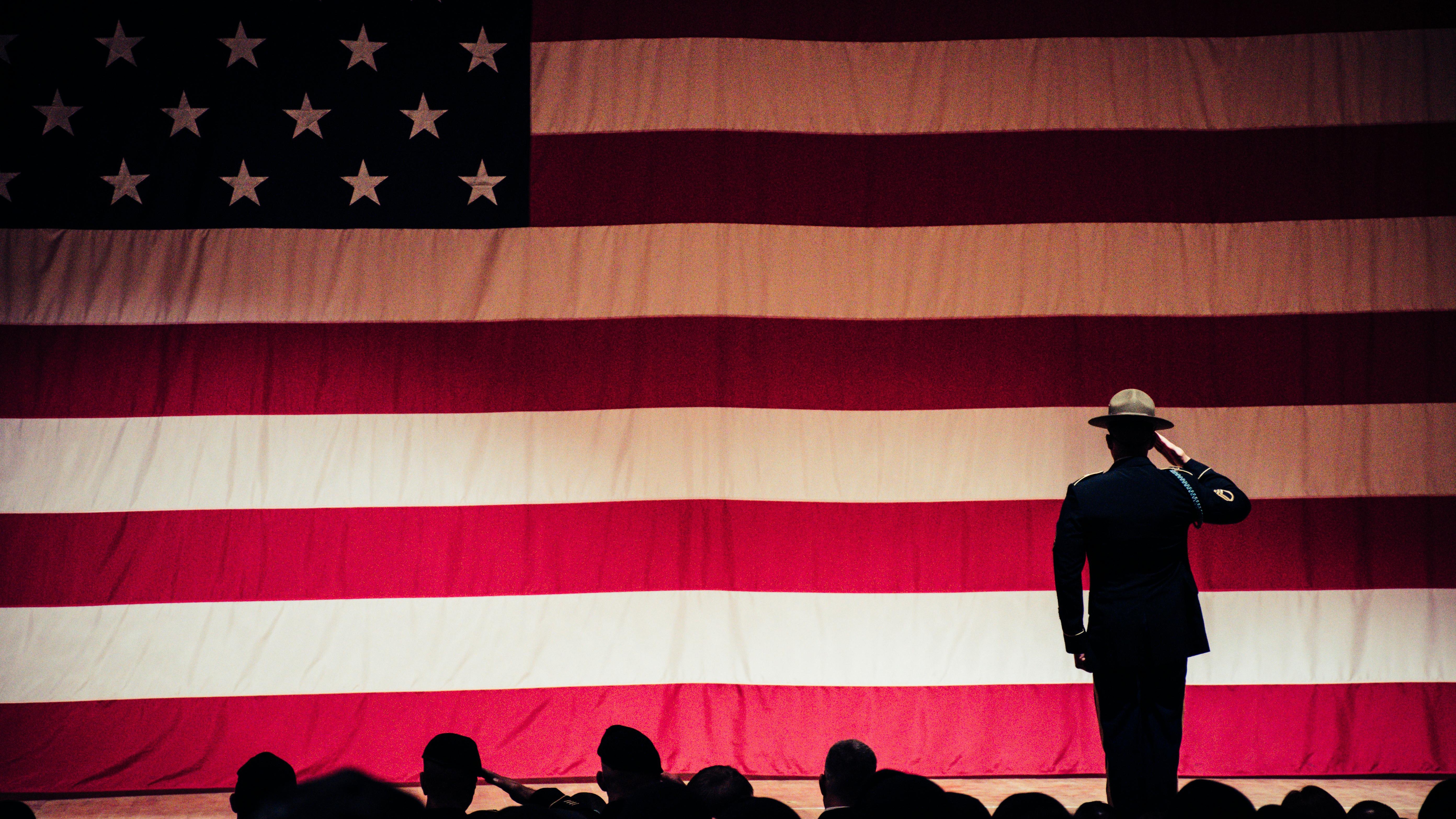
A Legacy of Valor: The Impact of Family on Military Service
In contemplating why I joined the Air Force, I can trace it back to familial ties deeply rooted in military history. This tradition, much of it passed down through stories and experiences shared by my predecessors, remained pivotal in shaping my aspirations. My grandfather, a World War II Army Air Corps veteran, not only exhibited immense pride in his service but also instilled values of duty and honor in subsequent generations. His journey through teaching at various levels, steeped in military anecdote and history, continuously reinforced the legacy of service to me and many others.
Unfolding Leadership Lessons Through Shared Experiences
Central to my journey has been the realization that military service transcends personal ambition; it is profoundly influenced by the camaraderie and stories shared among peers. This was further highlighted during my time at the Pentagon, where I gathered insights from fellow servicemembers’ experiences—each tale a testament to valor and resilience. These interactions had a profound impact on me, deepening my commitment to serve and leading others. The ability of these stories to inspire and motivate is a hallmark of military service, bolstering not just individual resolve but also communal strength among service members.
Refreshing Perspectives: The Value of Patience in Service
As I reflect on over 26 years of military service, I recognize the importance of periods described as 'hurry up and wait.' Initially perceived as frustrating, these moments offered invaluable chances for reflection, learning, and personal growth. This perspective shift is critical for leadership; understanding that effective leaders cultivate patience while navigating complexities allows for more poignant decision-making. Patience becomes a strategic asset, appropriately preparing one for impending responsibilities and challenges, making leadership a fluid journey rather than a fixed destination.
Veteran Stories: Courage in Everyday Life
Every veteran has a story, whether it's about a moment of bravery in battle or the quiet heroics of community service during peacetime. Military valor stories often take place beyond the battlefield, weaving through the fabric of daily life as veterans work to uplift those around them. My experiences have shown how the lessons learned from military service are applicable in civilian life, particularly in leadership contexts. Applying principles of resilience, integrity, and stewardship from the military to business operations can drive success and foster community wellness, showcasing how experiences translate across disciplines.
Empowering New Generations: Honoring Our Heroes
It is crucial not only to honor those who came before us but also to inspire the next generation to uphold and build upon the legacy of service. My grandfather’s life and service had a ripple effect, illustrating how involvement in the military can guide individuals toward careers of purpose. Creating programs aimed at mentoring young individuals about leadership and service can fortify this legacy, drawing from the rich repository of military history. Legacy isn’t merely about remembrance; it’s about building the future with the values and insights handed down through generations.
As we gather insights from these personal journeys, I encourage all veterans and active service members to share their stories, to connect and mentor as my grandfather did. Your story is crucial in informing the current generation and helps to mold future leaders, reinforcing a cycle of service.
For those inspired to learn more about developing leadership skills and engaging with programs designed to transition veterans into civilian careers, consider exploring opportunities through organizations dedicated to valor—a collective journey can yield powerful outcomes.
 Add Row
Add Row  Add
Add 




Write A Comment